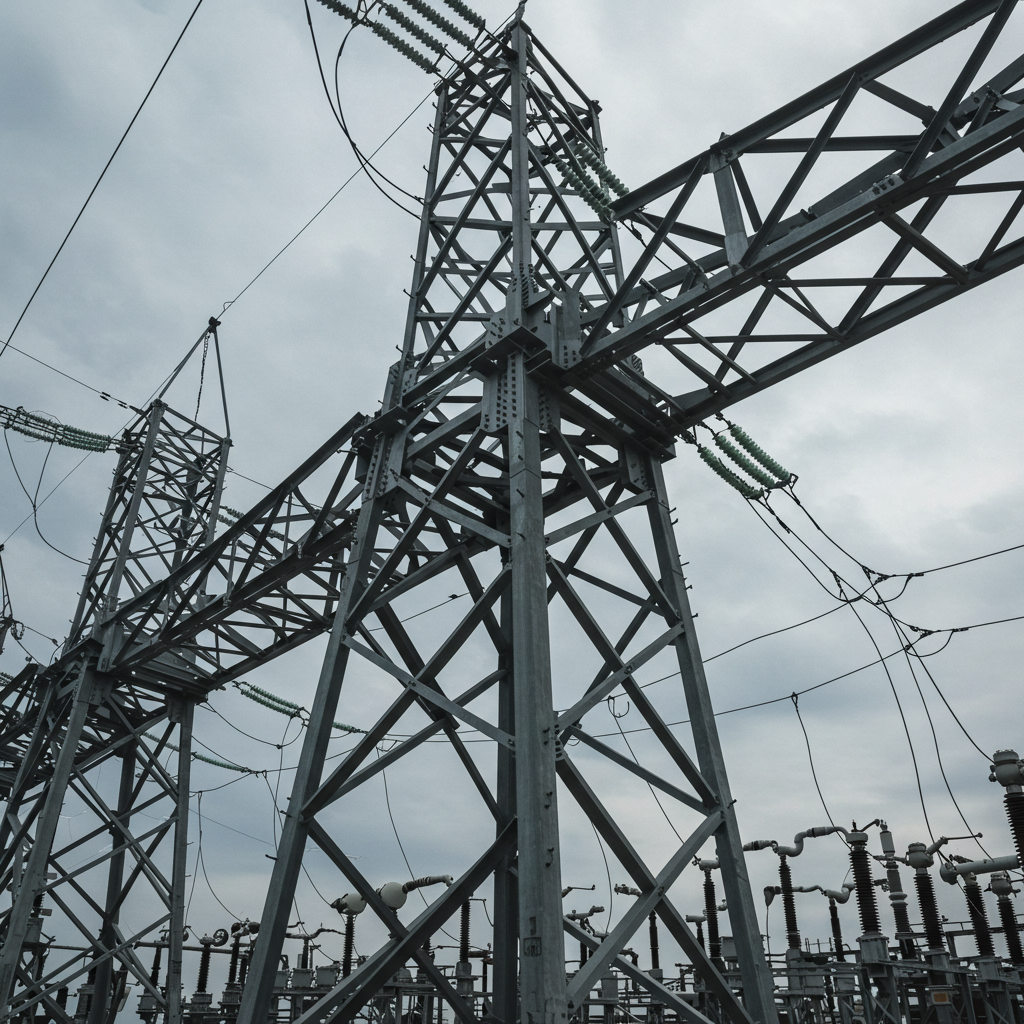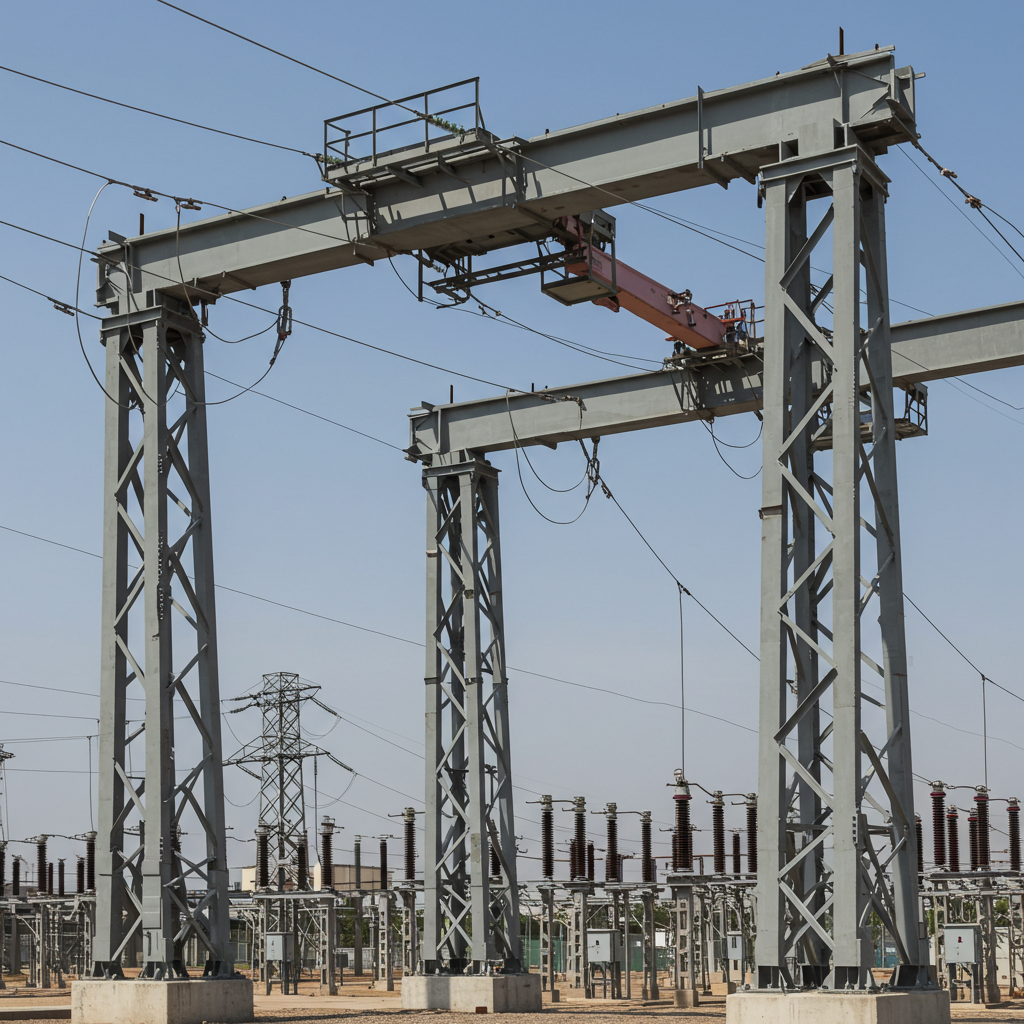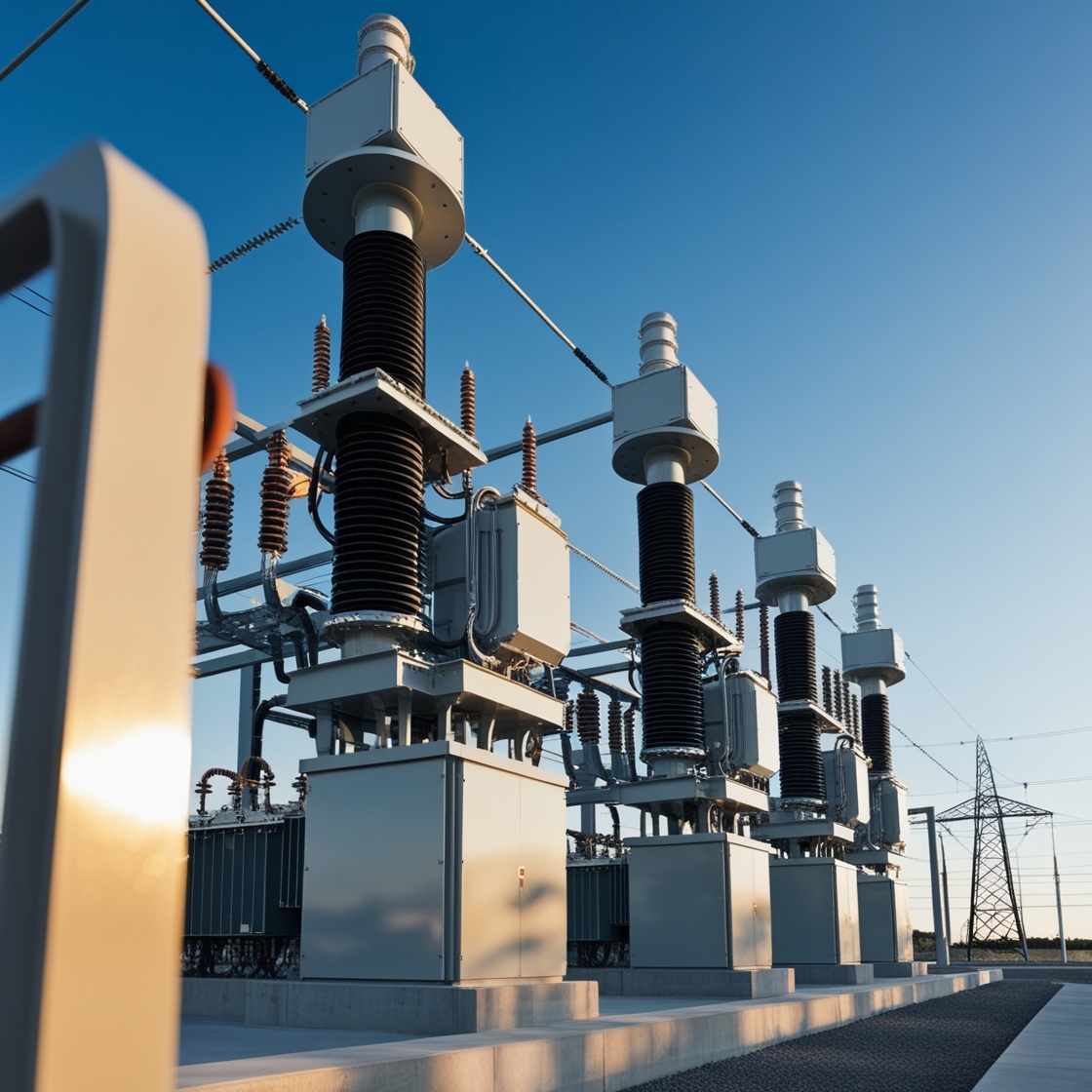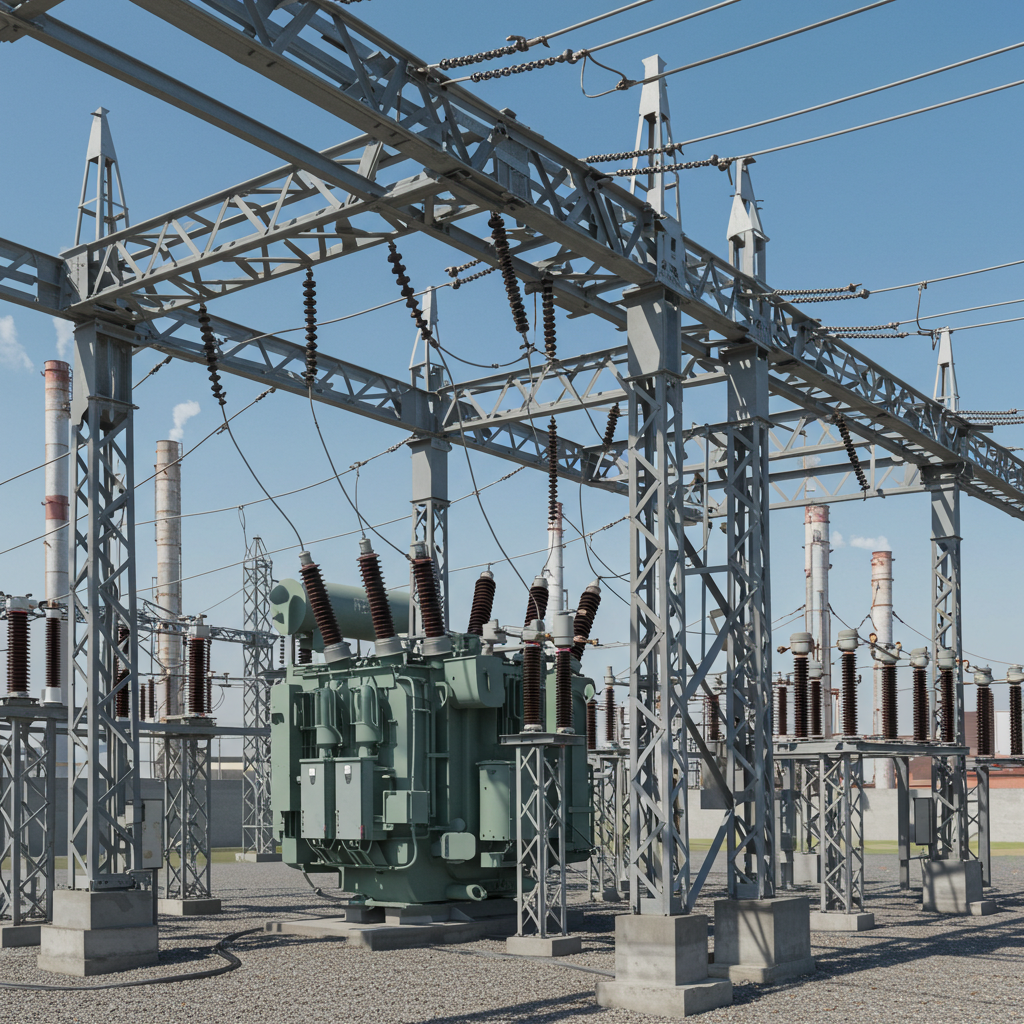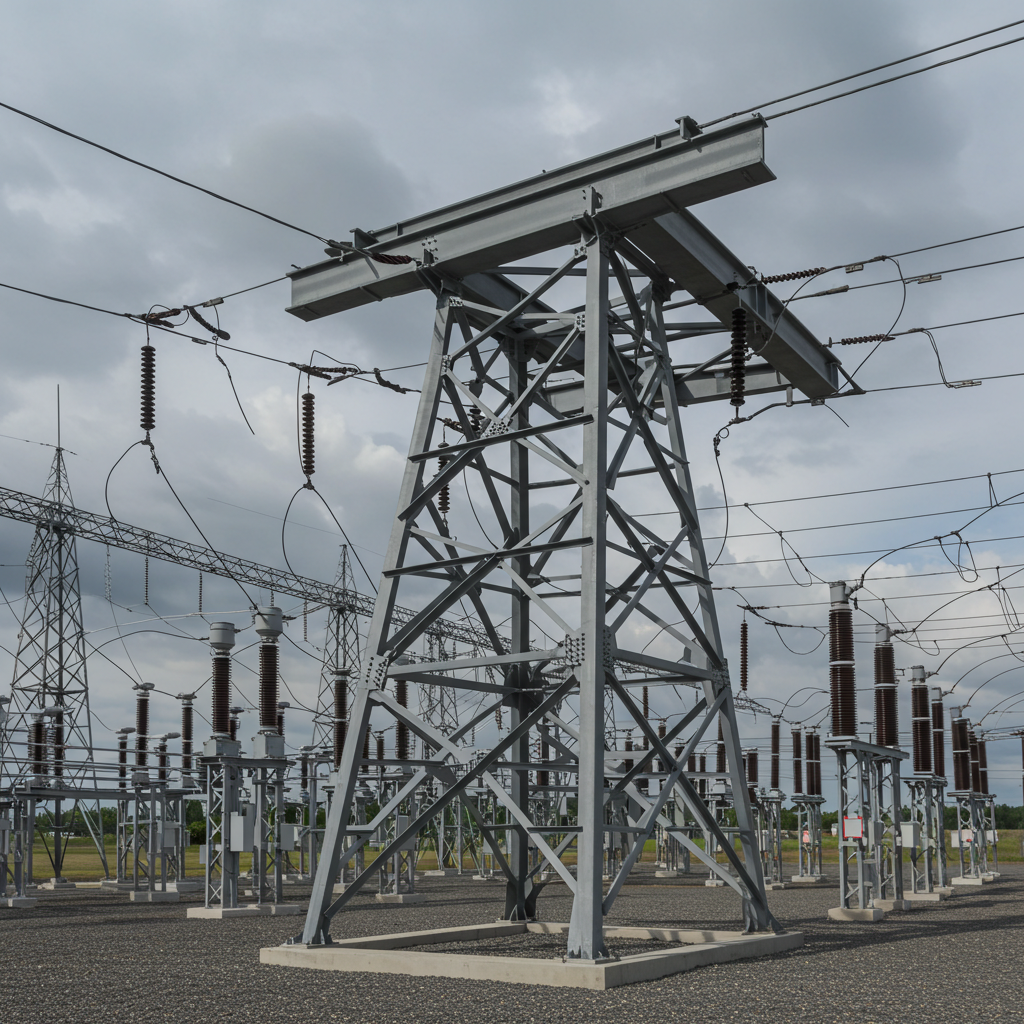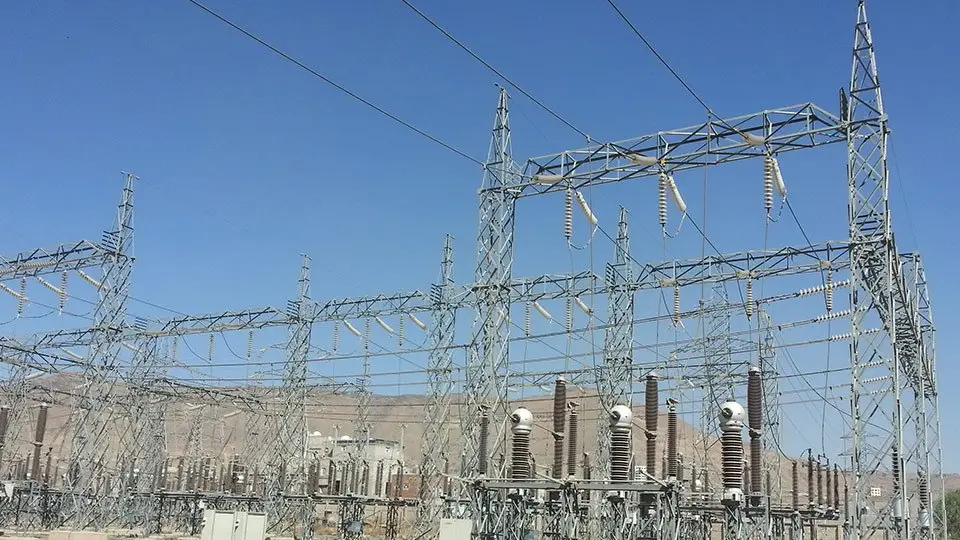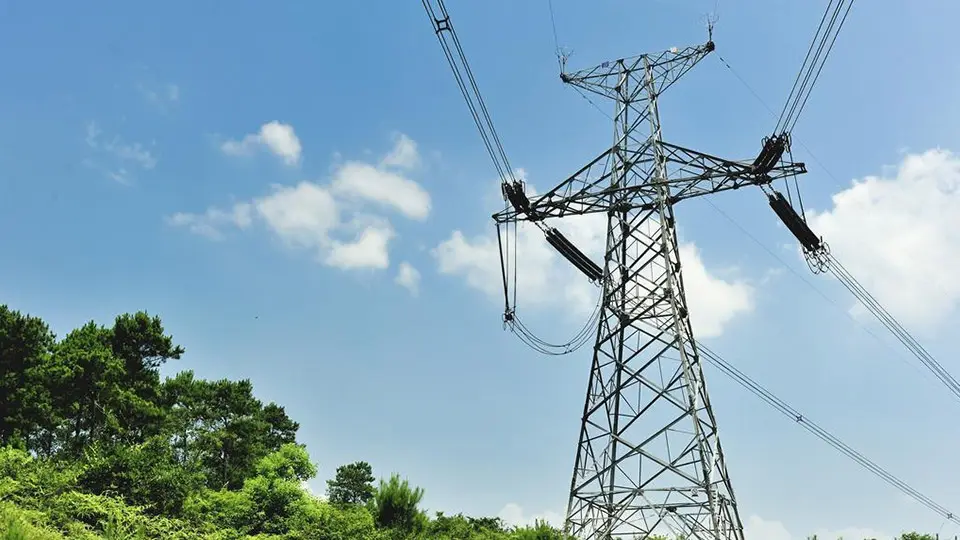Substation Structure
Substation structure relates to the Steel structures that were erected to support that are used in vocational electric utility. The structures are usually established to enhance the delivery of electrical energy consumption. These structures involve ERW structures designed to give shelter and support to high-voltage equipment as well as ensure the delivery of power efficiently and safely. Therefore, the type of substation will determine the use of the support structures in relation to the kind of materials used.
Built to withstand environmental factors like wind, earthquakes, and temperature extremes for long-term stability.
Includes grounding, fencing, and isolation to protect personnel and equipment from electrical hazards.
Allows flexibility in configuration and expansion to meet evolving power distribution needs.
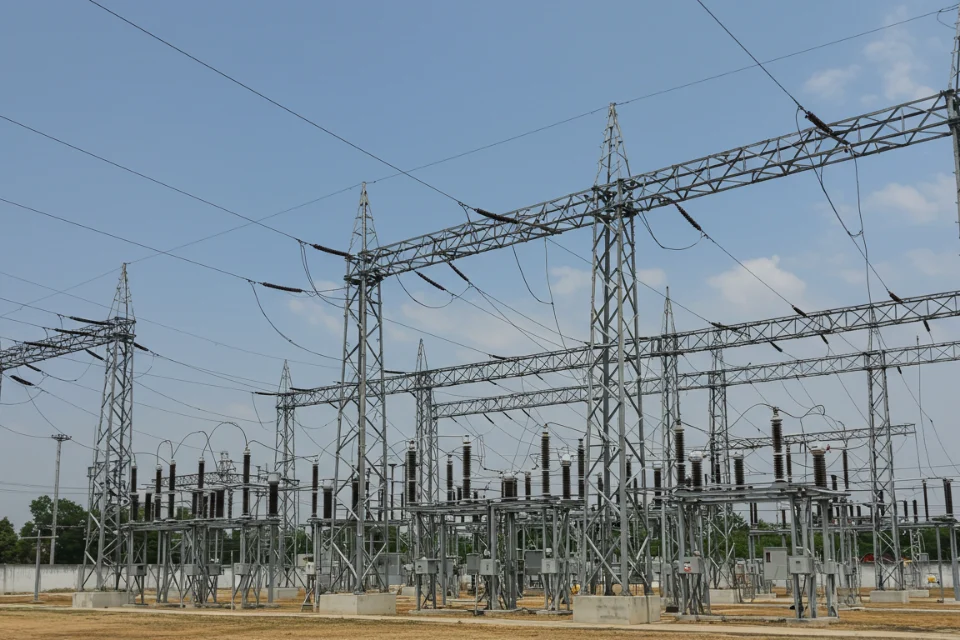
Work With Our Experienced Tower Installation Team
Types
Steel Substation Structures:
Steel is particularly common in substation frameworks owing to its strength and the strength of the material. Steel is a corrosion-resistant material of construction and it is used in HV substation structures and structures of AIS or Air Insulated Substations.
Concrete Substation Structures:
Concrete is another of the commonly utilized materials especially in the construction of substation foundations and substation columns. It is stable, especially in areas where structures require a foundation that is strong to support the machinery that will be used.
Aluminum Substation Structures:
Aluminum is easily deformable and is used in some substation structures where the design has a stringent condition in terms of weight. It is mainly applied on a monopole substation and for smaller substations.
Lattice Substation Structures:
These are heptagonal/tetragonal in cross-sectional geometry that is, they have triangular or square patterns. These structures are predominantly applied to switchyard structures and preferred in medium voltage substations up to high voltage because of the advantages of no welding and mainly because of their appearance.
Monopole Substation Structures:
Thus, monopole designs are employed for the construction of high-voltage power substation structures in locations characterized by scarcity of space. These are simple structures that are independent and vertical in nature with some of their major functions holding electrical facilities and the transformer amongst others.
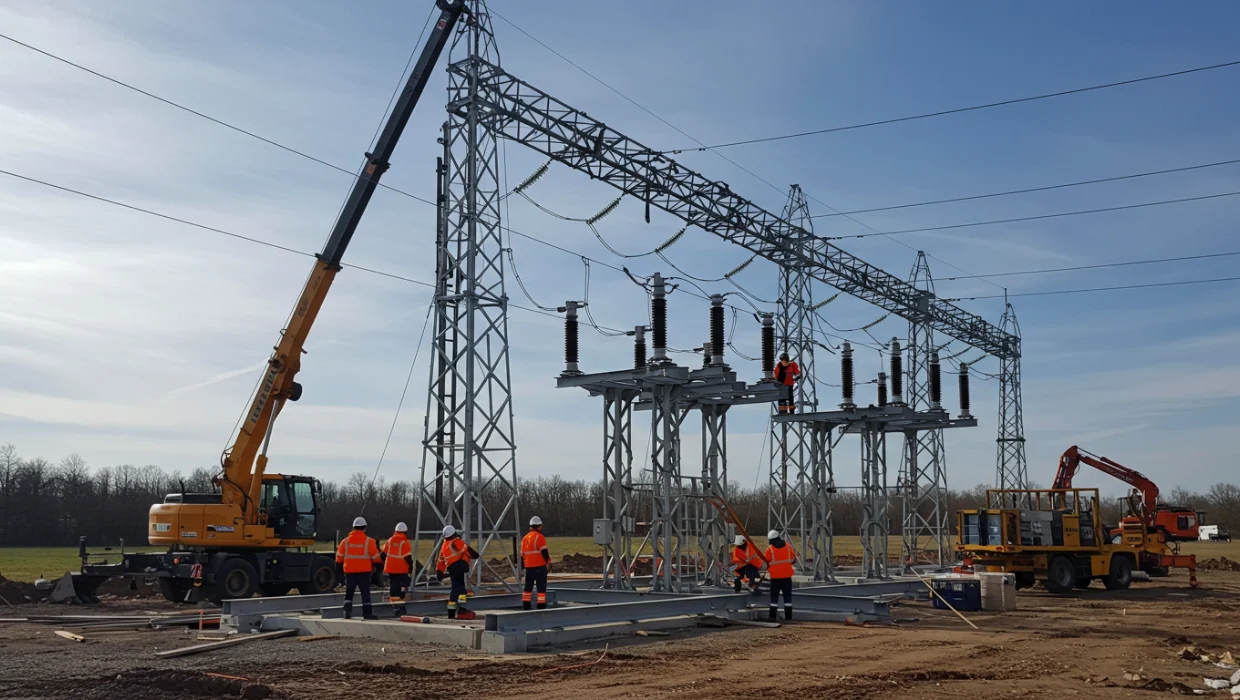
Components
Substation Foundations:
The following are the specific details of the proposed substation work: The foundation design is of considerable importance since it should provide structural support to the substation and support equipment. No matter whether the structure belongs to steel or concrete, it is an important determinant to bear environmental loads like wind load, seismic load, and electrical load failure.
Substation Columns and Beams:
These bring about the load-bearing of the electrical equipment either vertically or horizontally. The former is usually considered to be made from steep or concrete while the latter is commonly made from steel or reinforced concrete.
Bracing:
Braces are quite important in enhancing side support particularly where there are strong winds or even earthquakes in the substation.
Insulators and Conductors:
These help support and also isolate the electrical conductors. There is a clear difference in the type of insulator that is used in line with the voltage level and the surrounding conditions of the substation.
Design
Substation Structural Analysis
Structural analysis is defined as the procedure of assessment that enables one to understand how loads affect substation structures. This comprises seismic load design, wind load design, and dead loads from equipment. It also assists the engineers in determining that the structure can support all forces that are likely to be exerted on it.
Finite Element Analysis (FEA)
It is worth noting that one of the most effective techniques used to study substation structural design is the finite element analysis. This makes it easier for engineers to predict exactly what the structure will be like when exposed to the various forces hence supplying the physical practical details for improvement.
Substation Seismic Design
Seismic design is an important factor in zones that are vulnerable to earthquakes. Substation structures have to be provided to maintain it and the equipment as well as the employees shielded from seismic forces. FE models are used to simulate the premature earthquake conditions for any structure but the advanced one is the FEA.
Construction of Substation Structures
After that, the construction of the substation structure commences. In this phase, there is integration of the various entities that consist of:
Foundation installation:
This is a very important step, whose success defines the further construction of the substation since the foundation must be strong. Concrete structures are widely employed to support electric equipment that is usually very heavy.
Erection of columns and beams:
This phase involves the use of steel and concrete so as to provide an adequate frame that will be able to resist the load that comes in different forms statically and dynamically.
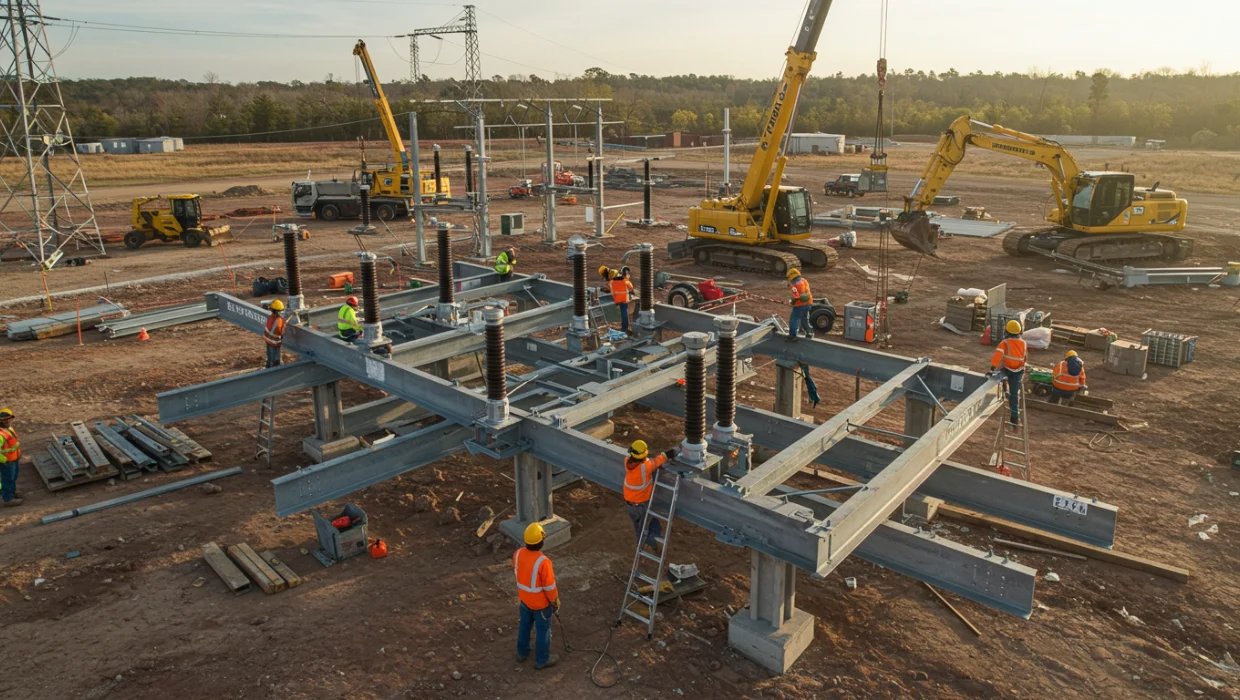
Installation
A circuit breaker, transformers, and which are some of the equipment used are well-placed and anchored to provide optimum service.
Installation and Maintenance
The substation must have been installed and implemented properly so that it may work effectively. On installation, it is observed that every component should undergo scrutiny to ensure they are quality and in case of any alteration, it should be accomplished depending on the type of site. Maintenance of the substation is also relevant whereby some of the structural components of the substation need to be operational through the entire life cycle of the substation.
Maintenance of Substation Structures
These structures need to be inspected and overhauled after some time in order to ensure they remain efficient and safe. Regular maintenance tasks include:
Inspection of foundations:
Make sure that the ground on which this structure will be built has not developed any cracks or is in a degraded state.
Checking structural components:
This then goes hand in hand with the principle means of checking that all the columns, beams, or bracing boxes are free from corrosion or any form of damage.
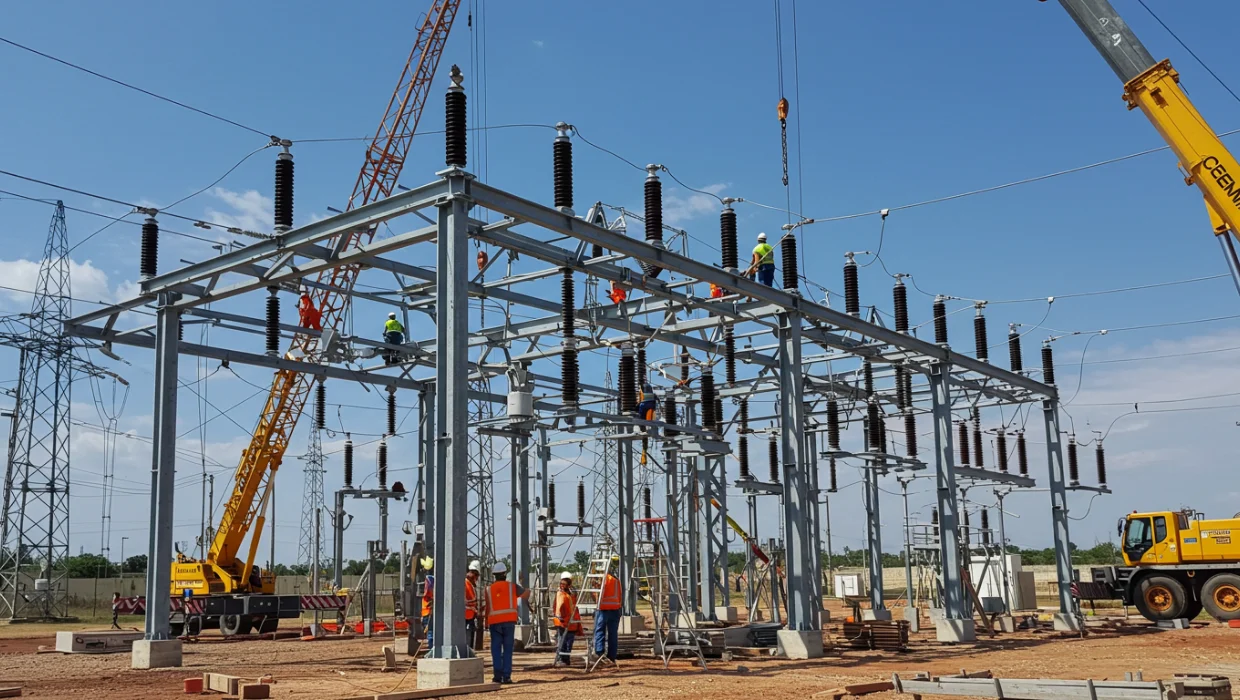
They include structures of substation buildings and structures and are very central to the efficiency and effectiveness of electricity power transmission. By comprehending the substation construction factors as well as portions of a substation, one can gain general knowledge about substation construction as being a key engineering practice among the power industries. The next time you see a substation, try to recall the efforts of engineering that have been put into providing the much-needed electricity to society. For more details about the design, construction, and maintenance of the substation you may visit XY Tower Substation Structure.
Want to Get More Details About Steel Towers? We're waiting for your contact!
Related Products
Related Resources
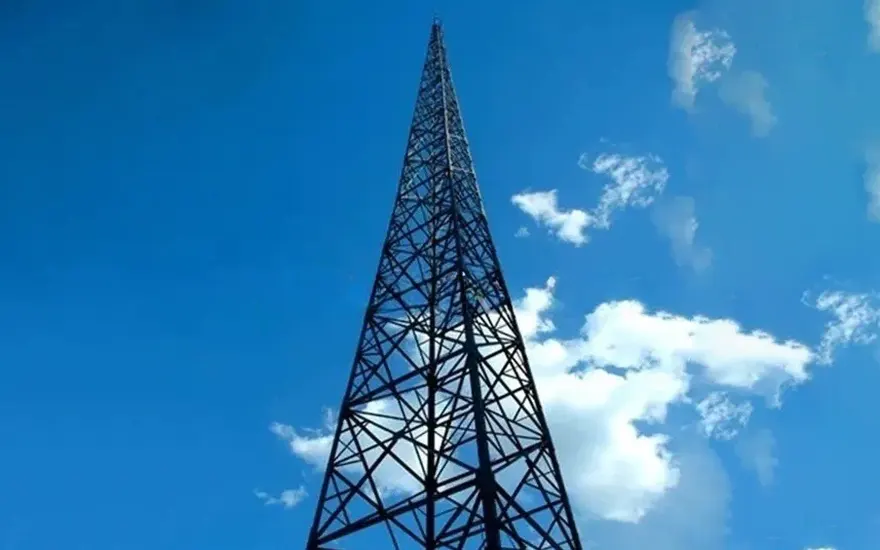
What is Lightning Towers?
- Our design staff has licensed structural engineers who have specialized in tower design. They are professionals who well-equipped with the knowledge in the rules and regulation of structural tower in the industry.

